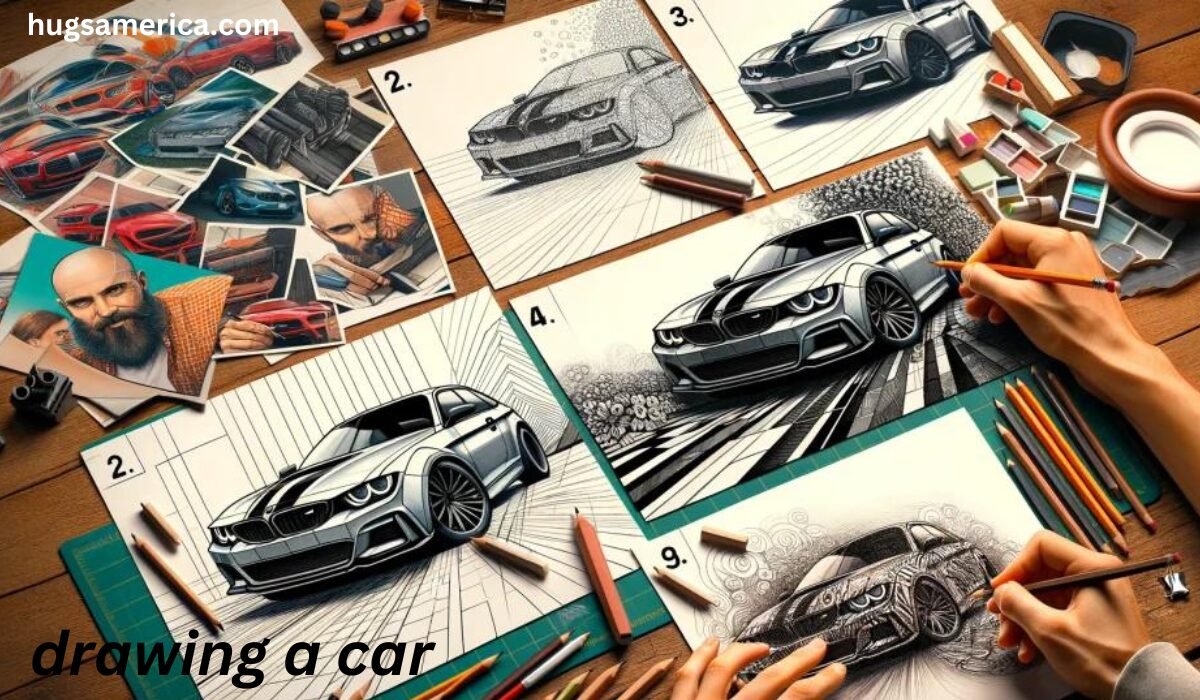Introduction
The Bm/A harmony, frequently composed as Bm/An or B minor over A, is a captivating harmony utilized in numerous melodic classifications. This harmony can add profundity and intricacy to your playing. In this article, we’ll investigate all that you want to be familiar with the Bm/A harmony, including how to play it, its hypothesis, and how to utilize it successfully in your music.
What is the Bm/A Harmony?
The Bm/A harmony is a sort of slice harmony. Slice harmonies are composed with two sections isolated by a slice (“/”). The letter before the slice is the primary harmony, and the letter after the slice demonstrates the bass note. For Bm/A, B minor is the primary harmony, and An is the bass note.
Step by step instructions to Play the Bm/A Harmony
On Guitar
To play the Bm/A harmony on the guitar, follow these means:
Situating Your Fingers:
Place your forefinger across the second fret of the A, D, G, B, and high E strings to shape a barre.
Put your center finger on the third fret of the B string.
Put your ring finger on the fourth fret of the D string.
Playing:
Play from the A string down to the high E string.
Ensure the low E string is quieted.
Here is the harmony graph for Bm/An on guitar:
lua
e|- – – 2- – –
B|- – – 3- – –
G|- – – 2- – –
D|- – – 4- – –
A|- – – 0- – –
E|- – – X- – –
On Piano
To play the Bm/A harmony on the piano, follow these means:
Right Hand (Bm Harmony):
Play B, D, and F#.
Left Hand (Bass Note A):
Play the note A.
Hypothesis Behind the Bm/A Harmony
The Bm/A harmony consolidates the B minor group of three (B, D, F#) with A bass note. This makes a rich, complex sound. Understanding the hypothesis assists you with knowing when and how to really utilize this harmony.
Parts of Bm/A:
B minor set of three:
B (root)
D (minor third)
F# (amazing fifth)
Bass note:
A
This mix can make pressure and resolve in music, making it a significant device for performers and lyricists.
Utilizing the Bm/A Harmony in Music
Normal Movements
The Bm/A harmony can be utilized in different harmony movements. The following are a couple of models:
Bm – Bm/A – G – D:
This movement moves from B minor to Bm/A, then sets out to G and D, making a smooth progress.
Em – Bm/A – D – A:
Utilizing Bm/A here adds a novel flavor between the E minor and D harmonies.
Kinds and Melodies
The Bm/A harmony is flexible and can be tracked down in numerous kinds, including pop, rock, people, and jazz. Here are a few tunes that include the Bm/A harmony:
“Blackbird” by The Beatles:
The Bm/A harmony adds a particular sound in the refrain movement.
“Tears in Paradise” by Eric Clapton:
This melody utilizes the Bm/A harmony to make a piercing and close to home impact.
Ways to rehearse the Bm/A Harmony
On Guitar
Begin Slow: Practice the Bm/A harmony gradually to guarantee you place your fingers accurately.
Utilize a Metronome: Slowly increment the rhythm to construct muscle memory.
Integrate into Movements: Practice the harmony in various movements to perceive how it squeezes into different melodic settings.
On Piano
Hand Coordination: Work on playing the B minor harmony with your right hand and the A bass note with your left hand independently prior to joining them.
Smooth Changes: Work on progressing flawlessly between Bm/An and different harmonies.
High level Procedures
Guitar
Arpeggios: Work on arpeggiating the Bm/A harmony to add variety to your playing.
Fingerpicking: Use fingerpicking examples to investigate various surfaces.
Piano
Reversals: Investigation with various reversals of the Bm harmony while keeping An as the bass note.
Musical Varieties: Take a stab at playing the harmony with various rhythms to add interest.
YOU MAY ALSO LIKE
The Scimitar Drum: A Comprehensive Guide
End
The Bm/A harmony is an amazing asset in a performer’s stockpile. Its remarkable sound and flexibility pursue it a magnificent decision for adding profundity and intricacy to your music. By understanding how to play it, the hypothesis behind it, and how to involve it in different melodic settings, you can improve your playing and songwriting abilities.
Whether you’re a guitarist or musician, consolidating the Bm/A harmony into your training and pieces will open up new melodic potential outcomes. In this way, get your instrument, evaluate the Bm/A harmony, and perceive how it can improve your melodic excursion.
FAQS
1. What is the Bm/A chord?
The Bm/A chord, also known as B minor over A, combines a B minor triad (B, D, F#) with an A bass note, creating a rich and complex sound.
2. How do you play the Bm/A chord on guitar?
To play Bm/A on guitar, form a B minor chord with a barre on the second fret and add the open A string as the bass note. Strum from the A string down to the high E string.
3. How do you play the Bm/A chord on piano?
On the piano, play B, D, and F# with your right hand for the B minor chord, and play A with your left hand as the bass note.
4. What songs use the Bm/A chord?
Songs like “Blackbird” by The Beatles and “Tears in Heaven” by Eric Clapton use the Bm/A chord to add depth and emotion to their progressions.
5. Why is the Bm/A chord useful in music?
The Bm/A chord adds tension and resolution to music, making it a valuable tool for creating smooth transitions and emotional effects in various genres.










